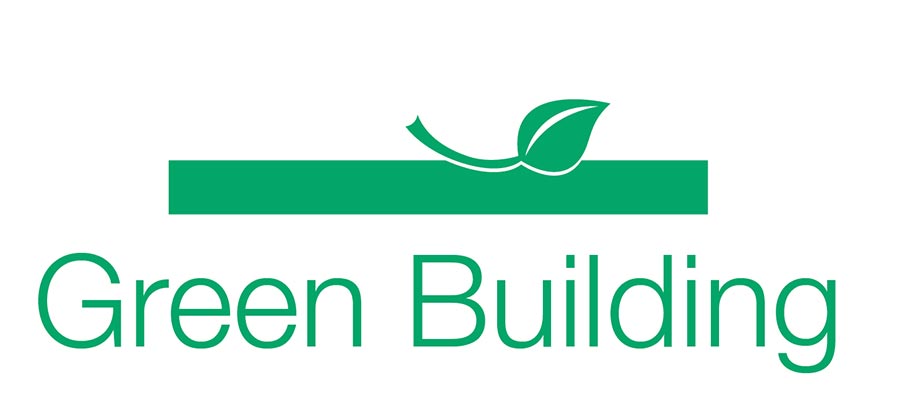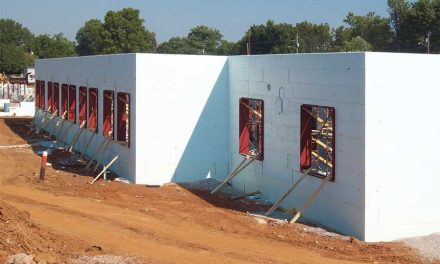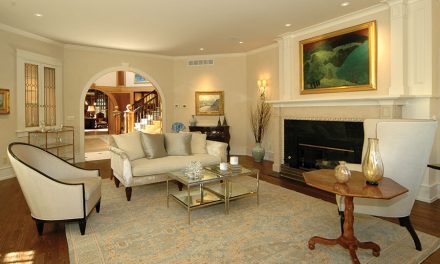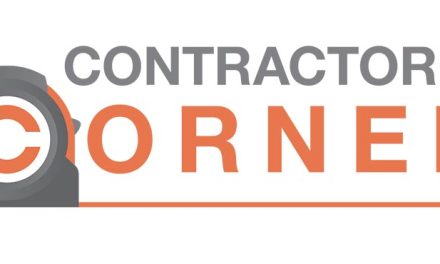by Pieter VanderWerf
I feel like I’m the only person on the planet who believes this, but here goes. The vast majority of American buyers will not demand green-built homes.
Yes, I have watched as the number of LEED buildings certified by the USGBC rose from under ten in 2001 to literally thousands in 2008. I have followed news reports that tell us dozens of cities, including Chicago, Seattle, and St. Louis now require that all of their new municipal buildings be certified. Many corporations have announced similar policies for some or all of their buildings: Hard Rock Cafe, JW Marriott, and Monsanto, to name a few. The advance of the green building movement has been stunning, rapid, and undeniable.
But consider a townhouse development I was associated with in Massachusetts in the 1980s. The price of oil had recently risen as a result of tensions with Iran. The houses were built with 2×6 construction and other features to improve energy efficiency. The developer had complete, precise data to show the projected annual fuel savings, and how the initial cost would be recouped in a pretty reasonable period of time.
Nobody cared. Buyers consistently asked, “Why are your houses $4,000 more than the ones across the street?” The sales staff patiently explained the energy payback. Then the buyers asked, “Why are your houses $4,000 more than the ones across the street?” Nothing the staff told them registered.
Buyers simply considered the energy savings to be irrelevant. That development sold out because the overall market was hot, but the units moved much more slowly than the competition’s. Profits were much better across the street.
Up to now, LEED projects have been mostly government and corporate. Governments have the wider view of society in mind. Corporations can get favorable publicity, improved public relations, and better employee morale when they do something for the community. What does a homebuyer get?
I have worked with some LEED projects and as best as I can tell, the construction cost for nearly all of them was measurably more than it would have been with conventional methods. Not always a lot more expensive, and one could clearly argue that it was worth it. But the initial cost of these buildings, on an apples-to-apples basis, once you account for all materials and field labor and design and staff time, is in my experience almost always higher. When the official cost wasn’t higher, it was because the LEED projects included donated materials, or because a lot of extra hours went unbilled.
I see nothing wrong with green buildings costing more. You pay more to get more. However, that does not mean that a large percentage of home buyers will choose to build this way. For most buyers, initial cost is very important, perhaps most important.
Most people go pretty close to their financial limits when they buy a house. We would all like more in the place we are going to live in every day for years to come. So we spend as much as we can, or as much as we are comfortable spending, to get as much house as we can.
To be honest, that townhouse development in the ‘80s left people with a choice: buy our house and get a stream of utility savings in the future, or buy from the competition and get an extra bedroom to use now and in the future. The vast majority chose the extra bedroom, and it’s hard to fault them.
The National Association of Home Builders (NAHB) has undertaken the long and difficult task of writing its own standard for green homes. Yet even before it was done I knew of builders who complained that buyer interest was limited, and the new standard would simply cast their usual construction practices in a bad light.
Clearly things change. Houses have become continuously more energy efficient over the last four decades. But that did not come about because individual homebuyers demanded more and more energy-efficient homes over the last four decades.
No, advances in energy efficiency came for somewhat different reasons. In fact, they are the same reasons that home construction will also become more and more sustainable in the future.
These reasons have nothing to do with individual buyers demanding energy-efficient—or more green—homes. But more about that later….
Next issue: Why houses will go green.

Pieter VanderWerf
President of Building Works, Inc., a consulting firm that helps companies with advanced construction products. He can be reached at pvander@buildingworks.com, and his company at www.buildingworks.com.













